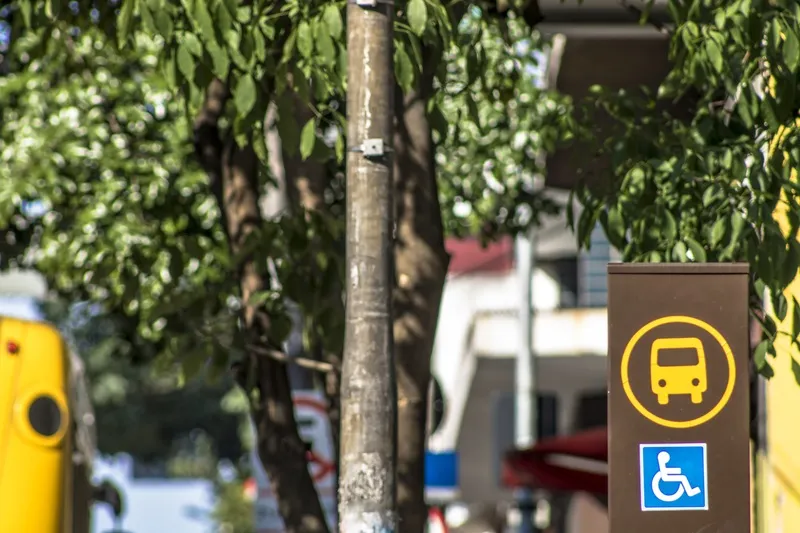
Changing towns and cities, changing transportation…changing the world – it’s all too easy to sound idealistic. But however sensible a pessimistic outlook might be, it in no way mitigates the absolute urgency of our need to succeed.
The coming together of
Cities already house 55% of the world’s population and generate 80% of global GDP. Their constant and expanding needs are areas of focus we’ve identified such as housing and construction, health and social care, breathability and sustainability - and, of course, mobility and transport. These create incredibly complex ecosystems of intertwined logistics and concerns that would be challenging enough to manage, even at their current scale.
Rapid population growth, demographic shifts, climate change and resource limits mean that towns and cities across the world are already struggling to meet the needs of their people, let alone respect the delicate balance of nature and the health of the environment. Overcrowding and pollution are already headline topics.
However, cities have a lot of things going for them. They’re very efficient in terms of population density. Many more of us can live on the same acreage in a city than we could in rural areas. It’s much easier to do more on foot in a city. Transport solutions are much more deliverable in cities where there is the population density both demanding them and prepared to use them.
But achieving deliverable innovations requires more than just good science. It requires an alignment of scientists, entrepreneurs, big business, regulators, policy-makers and communities. All of which helps contextualise the joining of Future Cities and Transport Systems Catapults, and which is further evidenced by a piece of work that was undertaken by Future Cities Catapult – the Urban Mobility Innovation Index (UMii).
This comprehensive framework was developed to assess the maturity of a city’s innovation ecosystem in urban mobility. It provides insight into cities across the world by uncovering city data and unlocking the value in mobility to enable more informed decision‐making. It empowers city leaders to implement urban mobility policies and measures relevant to their ecosystem to enable innovation, while promoting knowledge-sharing and dialogue.
UMii was tested in 30 cities worldwide, selected for their well-balanced representation of innovation ecosystems across a wide spectrum of transport systems, city governance models and economic development stages and highlighted a number of initiatives that might give pessimists pause for thought. For example:
- Casablanca is already aiming to develop 10 multi-modal transport interchanges in the city by 2022.
- India has plans to ensure every car sold in the country will be powered by electricity by 2030.
- RTA’s November 2016 agreement with Hyperloop One explores how to reduce journey times between Abu Dhabi and Dubai to just 12 minutes.
- The world’s first-ever MaaS solution, Whim, was launched in Helsinki in 2016.
- Singapore’s vision is to see 75% of all journeys undertaken by public transport by 2030.
All of which underpins how achievable change can be. But what drives that kind of change? What makes it possible?
Connected Places Catapult has been created to instill connectedness in the places where we all live, work and play. And by engaging all the stakeholders in all those areas we can ensure that intelligent connection is embedded at every level of our social infrastructure – and, in turn, those places can start to function holistically for the wellbeing of us all, and the world in which we live.









